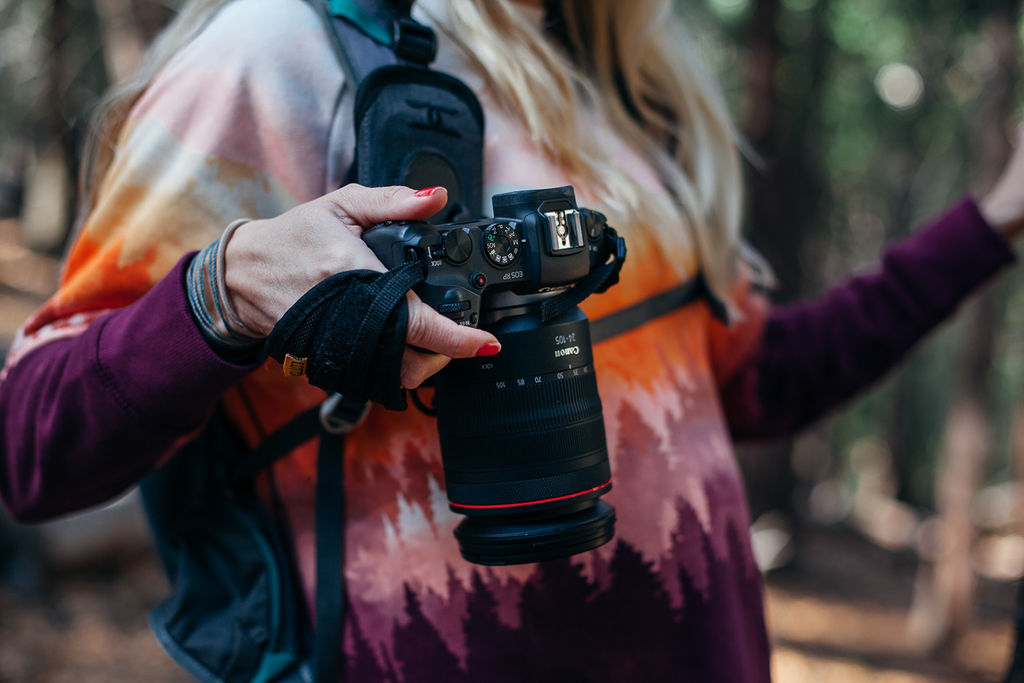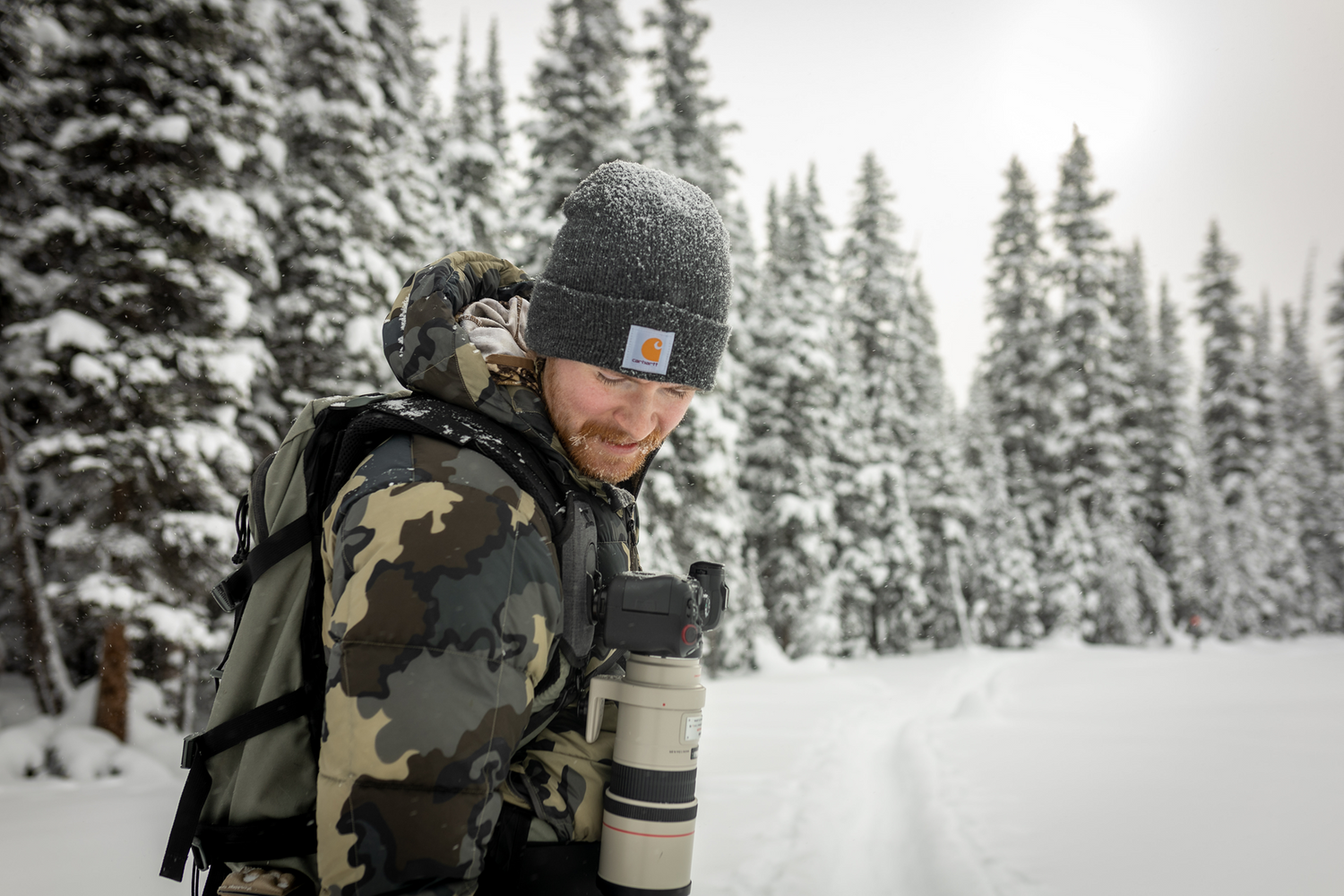Photographing fireworks can be both exciting and challenging. Capturing the vibrant colors and dramatic light trails requires preparation and the right techniques. Proper gear and planning are essential to ensure you get the best possible shots. This guide will walk you through everything you need to know to take stunning fireworks photos.
Preparing for the Shoot
Research and Location Scouting
Finding the Best Locations
Choosing the right location is crucial for great fireworks photos. Look for places that offer an unobstructed view of the sky and interesting foreground elements, such as buildings, trees, or bodies of water. Parks, rooftops, and waterfronts are often excellent spots.
Arriving Early to Secure a Good Spot
Arrive at your chosen location well before the fireworks begin. This gives you ample time to set up your equipment, find the best angles, and avoid the crowds that often gather closer to the start time.
Essential Gear
Recommended Camera and Lenses
A DSLR or mirrorless camera with manual settings is ideal for photographing fireworks. A wide-angle lens is great for capturing the overall scene, while a telephoto lens can help you zoom in on specific bursts.
Tripod and Remote Shutter Release
A sturdy tripod is essential to prevent camera shake during long exposures. A remote shutter release or intervalometer allows you to trigger the camera without touching it, further reducing the risk of blur.
Camera Carrying Gear
Using a camera harness or camera sling can help you comfortably carry your gear and keep it accessible during the shoot. This is especially helpful if you need to move around to find the best angles.
Camera Settings for Fireworks Photography
Manual Mode
Using manual mode gives you full control over your camera settings, allowing you to adjust exposure, aperture, and focus precisely.
Aperture
Set your aperture between f/8 and f/16 to ensure your images are sharp with a good depth of field. This range is typically optimal for capturing the fine details of fireworks.
Shutter Speed
Long exposure times of 2 to 10 seconds are ideal for capturing the light trails of fireworks. Experiment with different shutter speeds to see what works best for the display you are photographing.
ISO
Keep your ISO low, around 100 to 200, to reduce noise in your photos. Fireworks are bright, so a low ISO will help maintain image quality.
Focus
Switch to manual focus and pre-focus on a distant point where the fireworks will be. This ensures your images will be sharp, as autofocus can struggle in low-light conditions with fast-moving subjects.
Composition Tips
Framing the Shot
Include elements of the landscape or cityscape in your frame to provide context and add interest to your shots. This can also help convey the scale of the fireworks display.
Timing the Shots
Timing is everything with fireworks photography. Try to capture the burst just as it starts to expand for the most dramatic effect. Anticipate the timing of the fireworks by watching the launch points and listening for the sounds of the launches.
Varying Perspectives
Experiment with different angles and zoom levels to create a variety of compositions. This can add depth and interest to your photo series.
Advanced Techniques
Bulb Mode
Using bulb mode allows you to keep the shutter open for as long as you hold down the shutter release. This is perfect for capturing multiple bursts in a single frame. Just be sure to use a remote shutter release to prevent camera shake.
Multiple Exposures
Layering multiple exposures of fireworks in a single frame can create a spectacular composite image. Some cameras have a multiple exposure mode, or you can combine shots in post-processing.
Using Filters
A neutral density (ND) filter can help manage exposure times during brighter conditions, allowing you to use longer shutter speeds without overexposing your images.
Post-Processing Tips
Editing Software
Use editing tools like Adobe Lightroom and Photoshop to enhance your fireworks photos. These programs offer powerful features for adjusting exposure, contrast, and more.
Adjusting Exposure and Contrast
Enhance the brightness and clarity of your fireworks by adjusting the exposure and contrast. This can make the colors pop and the details stand out.
Noise Reduction
Long exposures can introduce noise into your images. Use noise reduction tools in your editing software to clean up your photos and improve image quality.
Common Mistakes to Avoid
Camera Shake
Ensure stability with a sturdy tripod and remote shutter release. Even the slightest movement can ruin a long exposure shot.
Overexposure
Avoid blown-out highlights by keeping your ISO low and adjusting your aperture and shutter speed accordingly. Check your histogram to ensure your exposures are balanced.
Missed Focus
Double-check your focus settings before the show begins. Manual focus on a distant point and use a small aperture for a greater depth of field to ensure sharp images.
Photographing fireworks is a rewarding challenge that can yield stunning results with the right preparation and techniques. Remember to research and scout your location, use the appropriate gear and settings, and experiment with different compositions and advanced techniques. Practice and patience are key to mastering fireworks photography.





